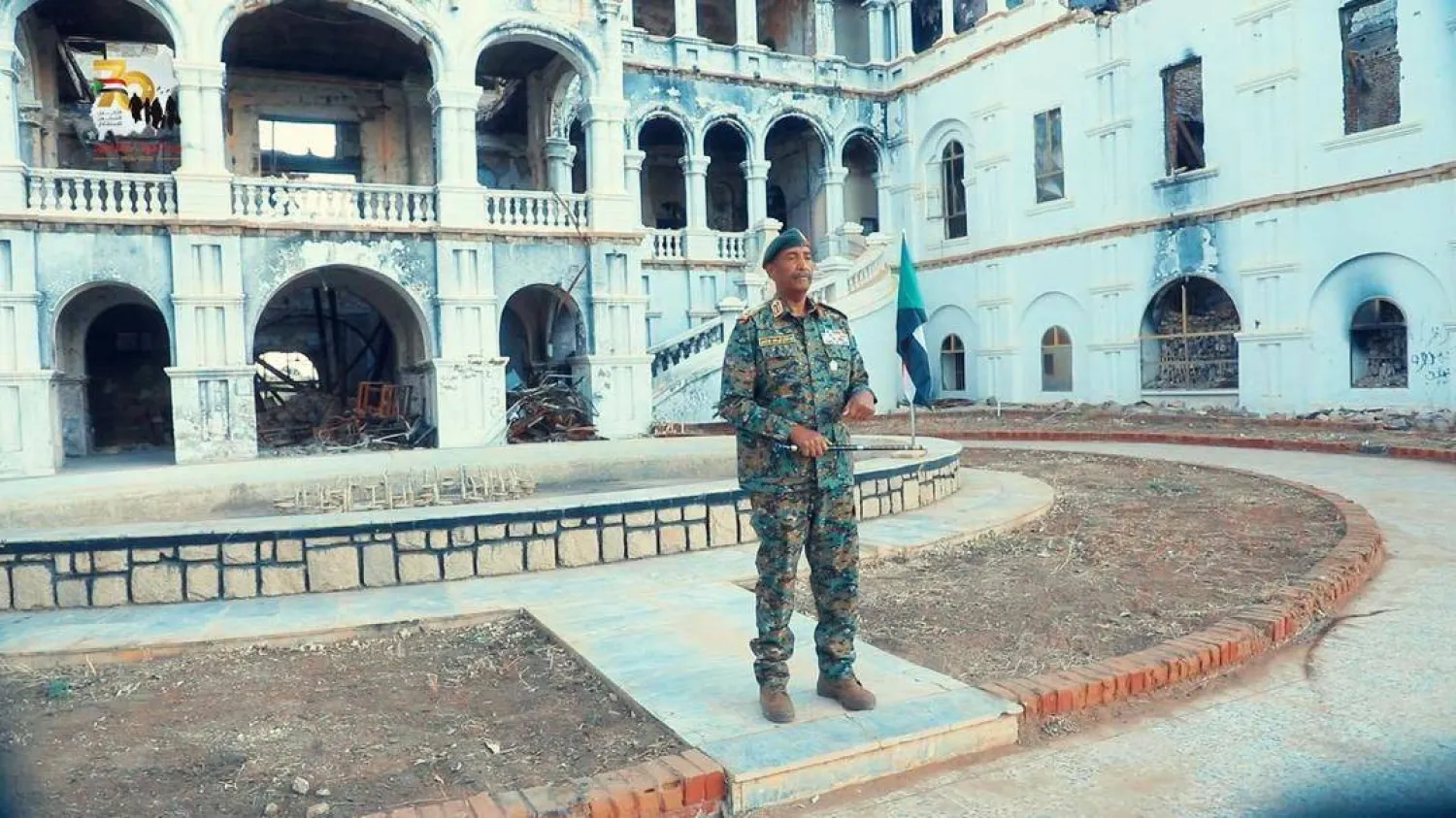Ahmed, a 38-year-old resident of Khiam in southern Lebanon, left his home on Oct. 8 and has not returned since.
“There is no prospect of return as long as the war persists,” he tells Asharq Al-Awsat, citing the high risks of targeting, especially after the Saturday evening strike on a civilian house in the town square.
Additionally, the living conditions in the town have deteriorated with shortages of goods and companies refraining from delivering to the area.
The border region in southern Lebanon appears almost deserted, according to visitors in the past week.
Daily shelling continues to impact various towns along the more than 110-kilometer border area, reaching depths of 5 to 8 kilometers.
Visitors describe sudden clashes and the constant sound of artillery, with Israeli drones dominating the area.
Most residents of Lebanon’s southern region left their homes in the first week of the war. Those with homes in Beirut moved there, while others who could afford to rent in Beirut, Nabatieh, or Sidon also relocated.
Only those who have never left their homes throughout their lives or those forced by their work to stay, such as farmers and livestock breeders, remain.
Residents now lack the “security” they experienced for 17 years.
Many residents in Beirut refrain from visiting their villages and homes during the weekend, and few dare to visit their villages for olive harvesting this season.
Thousands of residents evacuated in the first week, fearing the expansion of the conflict into a full-scale war.
Approximately 38 towns and villages along the border from Shabaa in the east to Naqoura in the west have been evacuated.
Estimates suggest that more than 40,000 displaced people from southern Lebanon are spread across various regions, including Tyre, Sidon, the southern suburbs of Beirut, and the southern Mount Lebanon districts of Shouf and Aley.









